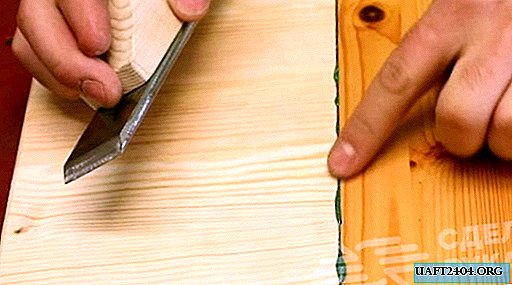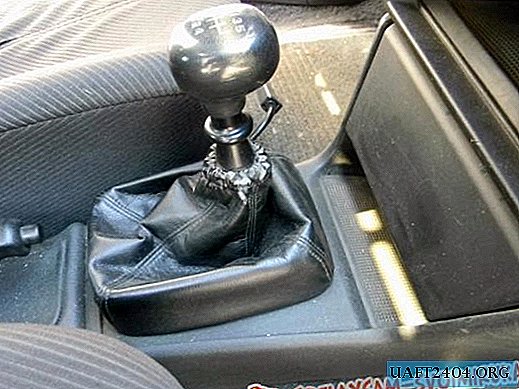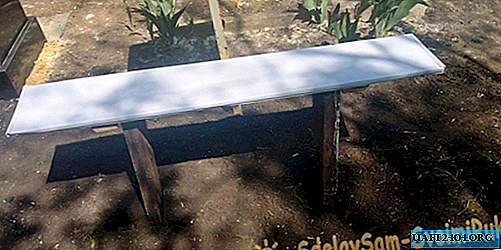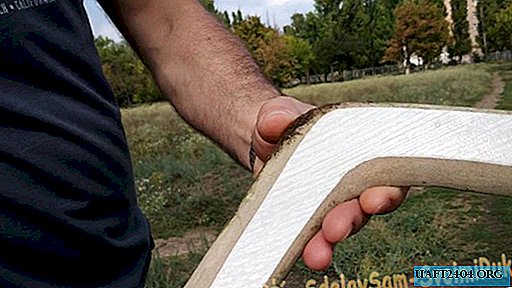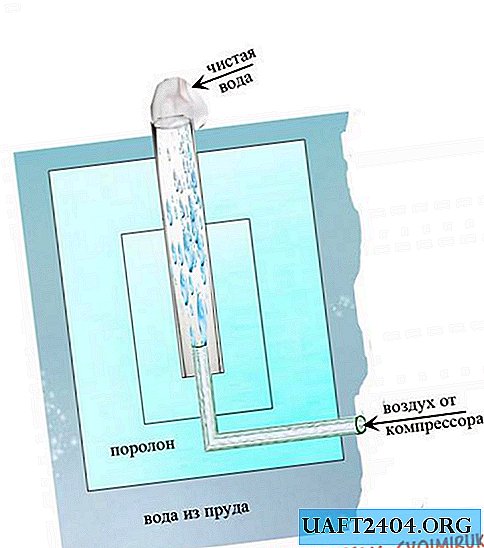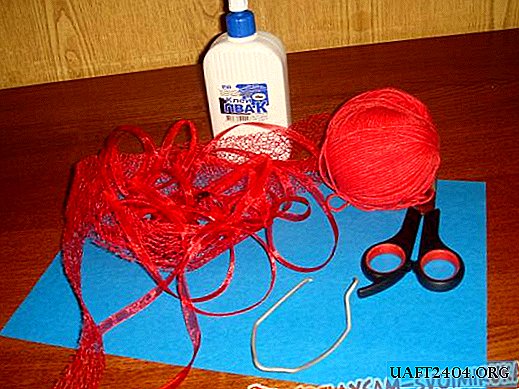Share
Pin
Tweet
Send
Share
Send
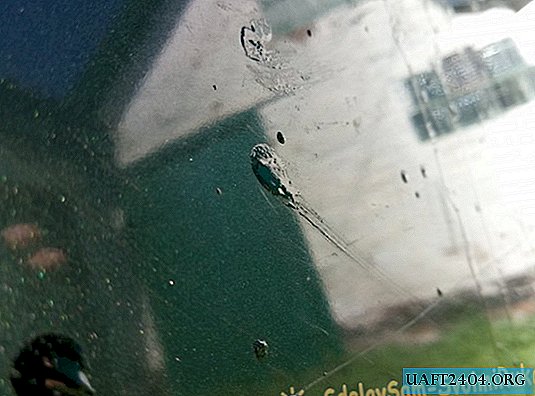
It’s good if the spots are small, and they flew off from their own wheels. In the example, the photo shows a more severe case. The car was parked near the pit. The road workers poured tar on it and left. According to the law of meanness, it was during this period of time that another car swept past, hit the wheel directly into a fresh tar puddle. The spots were doors, sills, a wing, glass and a little roof ...
How and how to remove bitumen stains?

The cheapest, affordable and completely safe means for effective struggle with resin on a car body is kerosene. You can buy it in construction stores. Usually it stands in bottles among solvents. By the way, they can also be used to remove bitumen contaminants. But solvents are more expensive than kerosene.

As an alternative, motorists use other means that accidentally ended up in the garage at hand. We are talking about gasoline, diesel fuel and, of course, the WD-40 (or similar). All these liquids also do an excellent job with the resin, but, again, are more expensive than kerosene.
In addition to the means for dissolving bitumen stains, you will also need a car shampoo. Traces of kerosene will need to be washed off, and ordinary water will not cope with this. In order to protect the paintwork in the future, it is recommended to treat the body with special wax.
For cleaning, you will also need a piece of dense foam, clean rags and utensils for kerosene.

The process of removing bitumen stains begins with the fact that they must be abundantly moistened with the agent that is selected. Hard rubbing with a rag will not help here. The main task is to harden the resin.
After wetting, the stains should be easily erased with rags soaked in kerosene. It is not advisable to rub hard, as there is a risk of making the varnish matte.

If a stain does not lend itself, it is better to return to it after a few seconds, when it dissolves better.
After these measures, a clean rag is taken, and with it, all residues of tar and kerosene are wiped dry. The treated area is carefully inspected. If some spots are missed, the process repeats.

After removing bitumen, it is necessary to thoroughly wash the car body. With oily traces of kerosene, a standard car shampoo can cope without any problems.
Tips for motorists
The following simple recommendations will be useful to many car owners on the topic described:
- Bituminous spots should be removed in a timely manner. The longer the resin is on the paintwork, the more difficult it is to remove.
- Do not rub the bitumen stains hard. The key to success lies in dissolution, and not in mechanical action.
- Do not rush to buy a “special” bitumen stain remover in a car shop. Its effectiveness is commensurate with kerosene, and the price can be ten times higher.
- To protect the paintwork in the future, regularly use waxes. Resin, and dirt, and dust, and bird droppings stick to them worse.
- Do not attempt to wash the resin with excessively aggressive solvents. This may damage the paintwork.
Summary
In general, removing bitumen stains is a fairly simple task that does not require a lot of time, effort or money. The most important thing is not to put off this event.

Share
Pin
Tweet
Send
Share
Send

